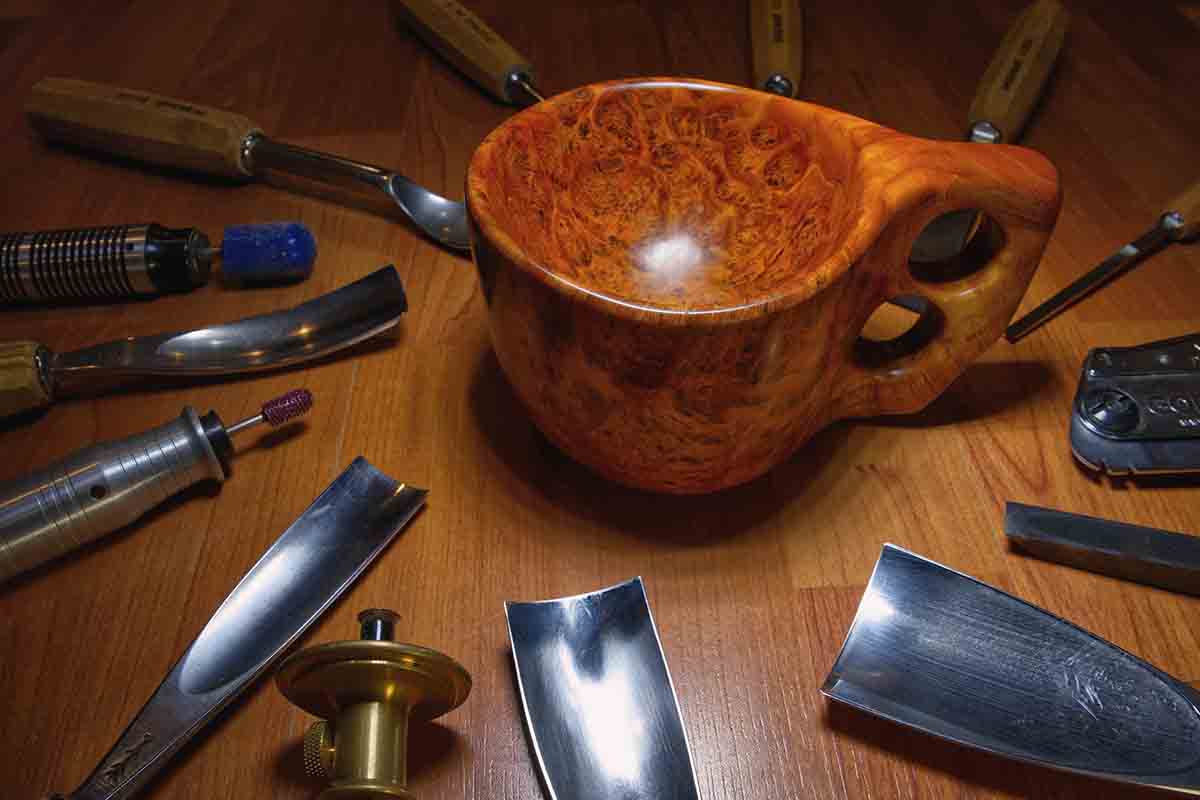Bouncing Back From Burnout
Alberto Tanikawa has renewed his joy of photography, most recently via close-ups with the Tamron 18-300mm VC VXD lens.
Share the article:
More Photo Tips | Video Gallery | Photo Gallery | Enewsletter sign-up
By Jenn Gidman
Images by Alberto Tanikawa
After Alberto Tanikawa graduated college, he traveled to Yellowstone National Park, at his father’s urging, to spend a week taking pictures. “I’d always been a visual person, and had fiddled around with my dad’s camera, but once I was done with college, he said to me, ‘Why don’t you take the camera and see what you discover with it when you’re on your own for an extended period of time?’” Alberto recalls. “That trip was what opened my eyes to photography for real.”
Alberto eventually found himself immersed in wedding photography, where he honed his craft for 12 years. “It was a heavy volume of wedding and commercial shoots that I did during that time,” he says. “So much so that, even though I learned a lot, toward the end I was starting to lose the joy I felt toward photography. Every time I picked up a camera, it felt like work.”
For a couple of years, Alberto saw a big dip in the number of pictures he took for his own portfolio—until he started working for Tamron and found he wanted to take pictures again, because he wasn’t caught for hours every day taking pictures for clients. “I felt inspired again and got my creativity back,” he says.
Most recently, Alberto has been experimenting with close-up photography with the Tamron 18-300mm VC VXD all-in-one zoom lens, which can achieve a minimum object distance of 5.9 inches at the 18mm end, and a maximum magnification ratio of 1:2. Plus, at the wide end of the lens when shooting with that MOD, Alberto can get the front of his lens as close as 0.2 inches to his subject, allowing him to achieve true expression in the macro vein. “The close-up ability of that lens is just phenomenal,” he says. “I just did a shoot where I was trying to photograph the teeth of a saw blade. The lens was practically touching the saw, which was less than a quarter inch away from the glass, and it was still able to focus beautifully.”
Read on to see how Alberto uses his 18-300mm lens for close-up photos of some of the important items in his life, from images of sentimental jewelry to the tools he uses for a new hobby born during the pandemic.
Image 1 (ring; #9970)
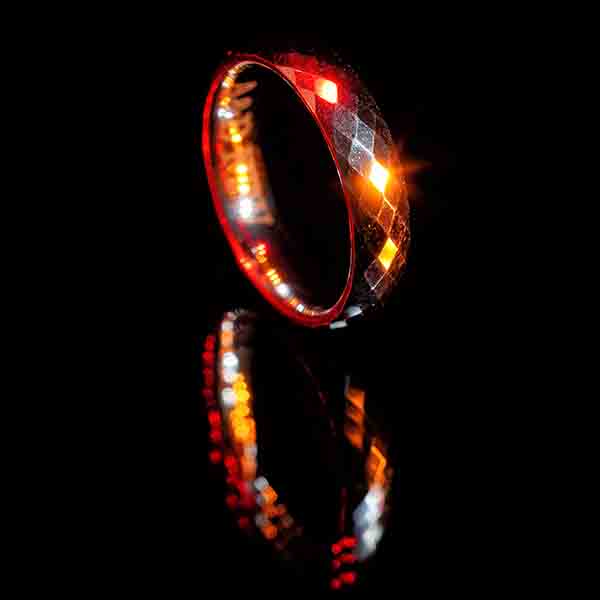
18-300mm (56mm), F/11, 1/125th sec., ISO 400
Click image to view larger
This is my wife’s gift ring for our 10th anniversary. When I was shooting weddings, I had a technique where I’d place the wedding bands on the glossy surface of a piano, if the venue had one, and take photos of the rings there. Then I started bringing my iPad to the event and placing the wedding bands on top of that instead—a much more practical solution than searching for a piano in every venue. That’s what I did here, setting my camera up on a tripod right next to the iPad. I used three different lights—a red, a yellow, and a white—to get the colored reflections I wanted in the ring.
Images 2 and 3 (wooden bowl with tools around [0080], wooden bowl with knife on top [0238])
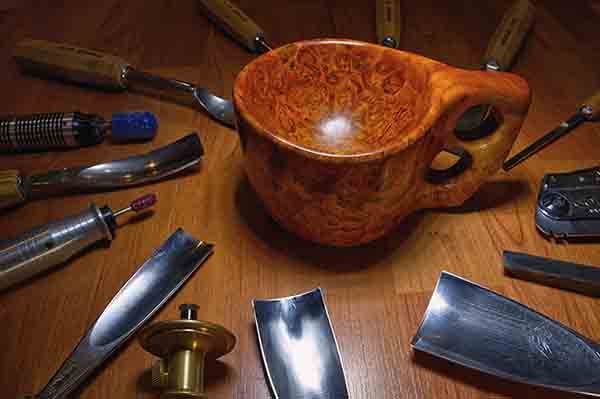
18-300mm (18mm), F/11, 1/60th sec., ISO 640
Click image to view larger
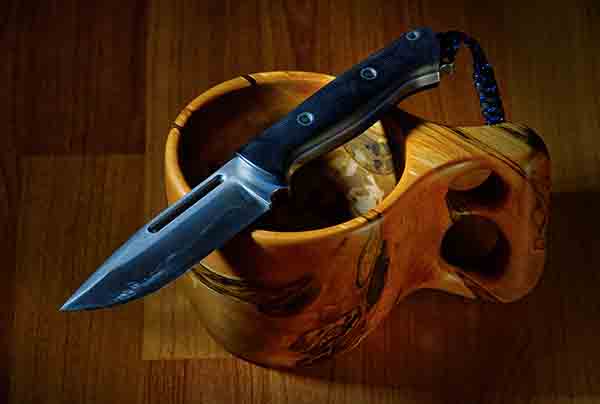
18-300mm (144mm), F/11, 1/40th sec., ISO 6400
The two images you see here show a sampling of my kuksas, which are Finnish wooden cups. I started making these after the pandemic began to stave off boredom. It’s been very therapeutic for me. If I’m not interrupted, I can make about one a day.
The first photo is the very first kuksa I made. The gouges and chisels you see circled around it are the tools I use to carve the kuksa. For both pictures, I shot the kuksa on my basement floor. For the first image, I used a single overhead video light positioned over the kuksa. This helped isolate the kuksa and create a vignetting around the tools. For the second image, I used two lights. One was a video light off to the left, raised about 7 or 8 inches off the ground. To the right, I had a lantern at ground level to fill in the shadows that the video light was casting.
Image 4 (knives with red rope; 0195)
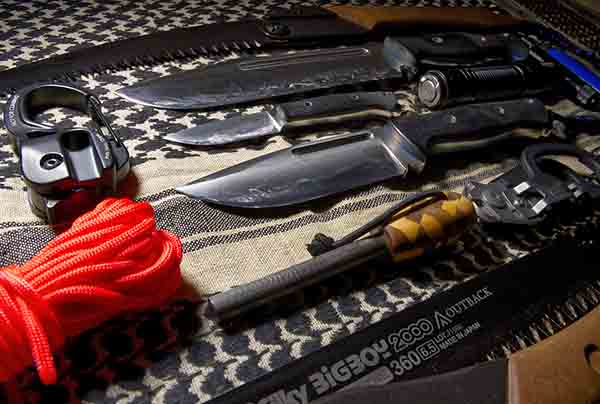
18-300mm (18mm), F/11, 1/60th sec., ISO 1000
Click image to view larger
These are all the knives and tools I bring when I go camping or hiking. If a tree falls in the middle of the trail, I like being the person with all the good gear who can clear the path for everyone. The friend I usually go camping with and I like to do these types of arrangement shots, where you can clearly see all of the various implements in our equipment bag. The bright red cord here adds a bit of color to the photo. It’s important when we’re in the woods, too. You can’t see black cord in the dark when you’re camping.
Image 5 (glowing rock; 0260)
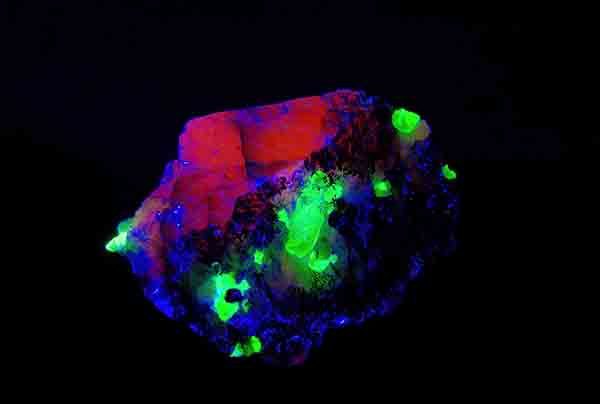
18-300mm (18mm), F/61, 0.8 sec., ISO 100
Click image to view larger
If you look at this rock under normal lighting, you won’t see anything interesting—it will just look gray and slightly metallic. But if you shine a UV light on it, as I did here, you achieve this effect. I placed the rock on top of my son’s black mousepad, because I wanted a surface that didn’t reflect the light back, and because I wanted a color that would isolate the rock. This image is actually a composite of two shots. I couldn’t get everything in one picture because the lens was so close to the rock. I took the first shot with the UV light shining on the rock from the top left, then a second shot with the light coming in from the bottom.
Image 6 (little tool with hammer; 0286)
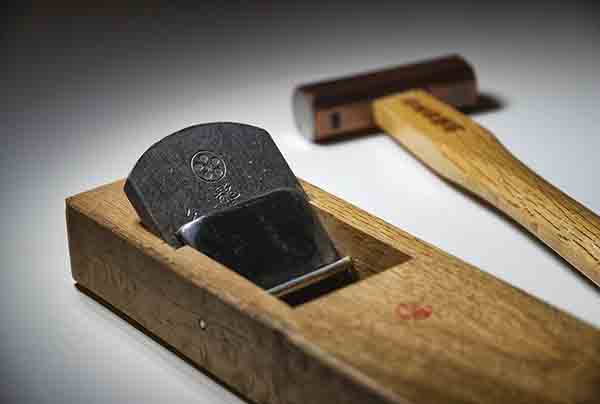
18-300mm (66mm), F/5.6, 1/60th sec., ISO 640
Click image to view larger
This device is called a Japanese hand plane, which helps flatten wood using the two interior blades. I had been taking the tool apart to sharpen the blades when I took this photo. The 18-300 focuses so well even when I’m as close to the subject as I was here. I was shooting at 66mm and was able to achieve that bokeh. You can see the Japanese writing on the blade, but then the hammer nicely blurs out in the background.
Image 7 (knife and playing cards; 0384)
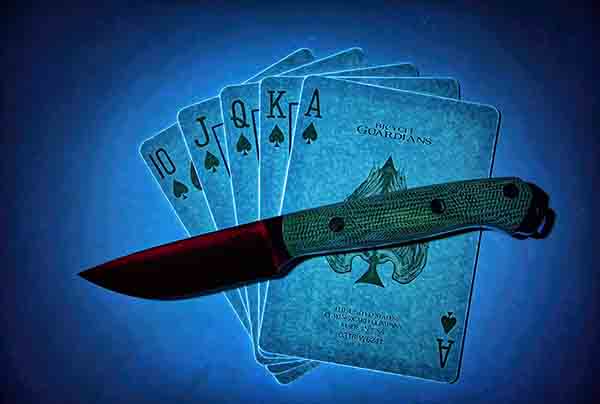
18-300mm (48mm), F/4.5, 1/50th sec., ISO 3200
Click image to view larger
For this image I used a UV flashlight to illuminate this scene from the top. The edges of the cards are glowing, more so than the cards’ surface, and there’s a faint red glow on the knife plate itself. I didn’t anticipate that last part, but that’s apparently what happens when light from a UV flashlight reflects off of metal and other similar surfaces. Most cameras have a UV/infrared block filter, and that filter affects the UV light that emits from the flashlight so that it appears red.
Image 8 (tool holder; 0450)
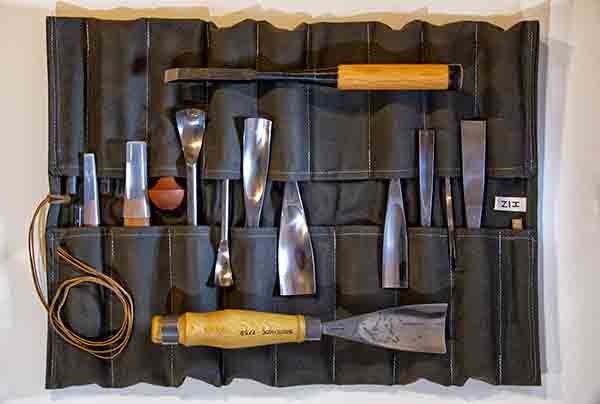
18-300mm (39mm), F/8, 1/13th sec., ISO 800
Click image to view larger
These are all the same tools that are displayed in the second image. This is a holder that a friend of mine made that organizes all my tools and allows me to efficiently carry them around. I wanted to take an overhead shot so you can clearly see the entire piece. This was a handheld shot at 1/13th of a second, which is a testament to the Vibration Compensation (VC) feature on that 18-300 lens. Most of the shots in this series were handheld, and I wouldn’t have been able to get them without the VC. It’s just that stable.
More Photo Tips | Watch Videos | Learn More About Tamron Lenses | Photo Gallery
